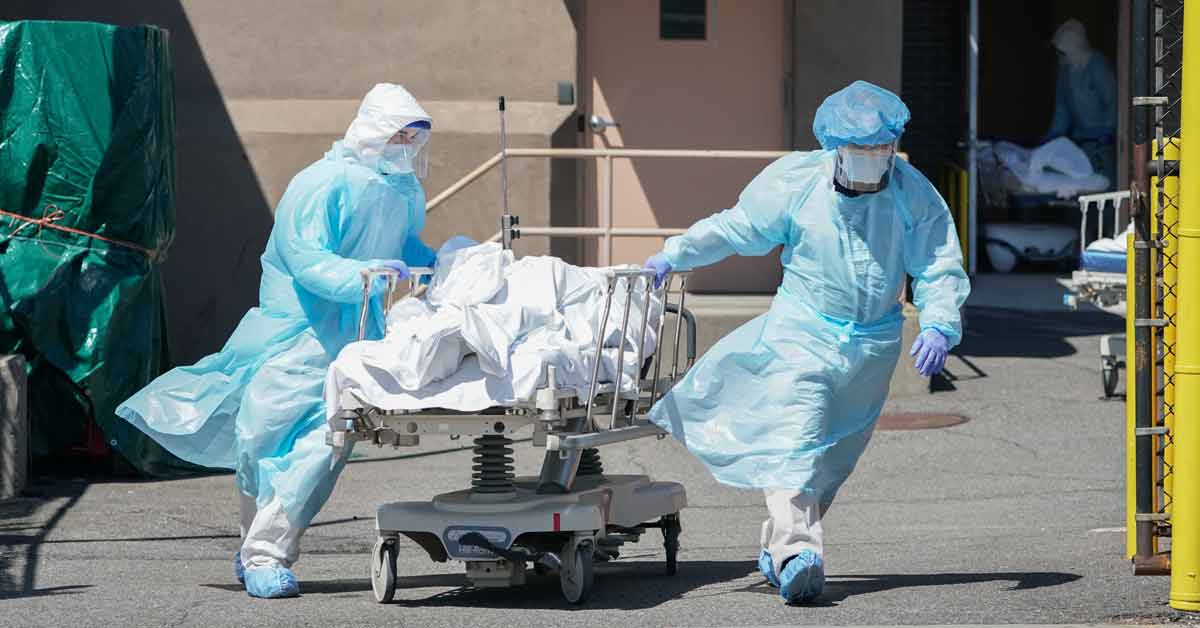Unfathomable just one year ago, the United States (US) Monday passed the horrific marker of 500,000 dead from COVID-19.
Here is a look at the past 12 months and how the coronavirus came to exact such a devastating toll on America.
Early Cases
On 22 January, 2020, then-president Donald Trump describes the presence of the coronavirus in the US as "just one person coming in from China" and says his administration has the new disease "totally under control."
Comments like these soon characterise Trump's dismissive view of the mounting crisis.
The first US death is announced on 29 February in Seattle. It subsequently emerges two other patients had died in California earlier that month.
The outbreak spreads rapidly across the country, forcing state governors and local authorities across the country to impose lockdowns.
By mid-March, the US is at a standstill, with schools closed and links to the rest of the world drastically reduced.
The economy soon collapses - and with it one of Trump's main arguments for re-election.
Amid repeated promises of a vaccine, Trump pushes far-fetched remedies and rushes to reopen the economy.
He leaves the actual management of the fightback to individual states, dooming any chance of a unified national response.
A Mounting Toll
On 27 May, the US records 100,000 coronavirus deaths, barely a month after passing the 50,000-dead milestone.
The disease's early ravages centre on New York state, but quickly appears nationwide.
On 22 September, the US passes 200,000 deaths. By 14 December, more than 300,000 have succumbed.
Barely one month later - on 19 January - the number passes 400,000 victims in the United States.
Trump Struggles
Even amid the soaring toll, Trump continues giving confusing and conflicting advice.
In early April, health authorities recommend masks be worn.
Trump immediately undercuts the message, insisting he himself would not wear one.
His reluctance helps politicise the facial coverings that health experts say are a simple and vital step to slowing the virus's spread.
On 13 August, Trump endorses masks, albeit half-heartedly and confusingly.
"Maybe they're great, and maybe they're just good. Maybe they're not so good," he says.
On 2 October, Trump's staff say he and his wife Melania have contracted COVID-19.
After four days of emergency treatment, he leaves hospital on 5 October - only to rip off his mask in front of White House cameras.
Vaccinations
On 14 December, the first American receives a coronavirus vaccination.
On 21 December, then-president-elect Joe Biden gets his first vaccine dose, appearing on live television to get the shot.
Change At The Top
Biden's presidential campaign centred largely on taking a new approach to tackling the pandemic.
Upon assuming office on 20 January, Biden set a goal of administering one million shots per day for a total of 100 million in the first 100 days of his presidency.
The current average is 1.7 million vaccinations a day.
Biden on 22 January warns that "well over 600,000" people in the US could die from the virus. - AFP
